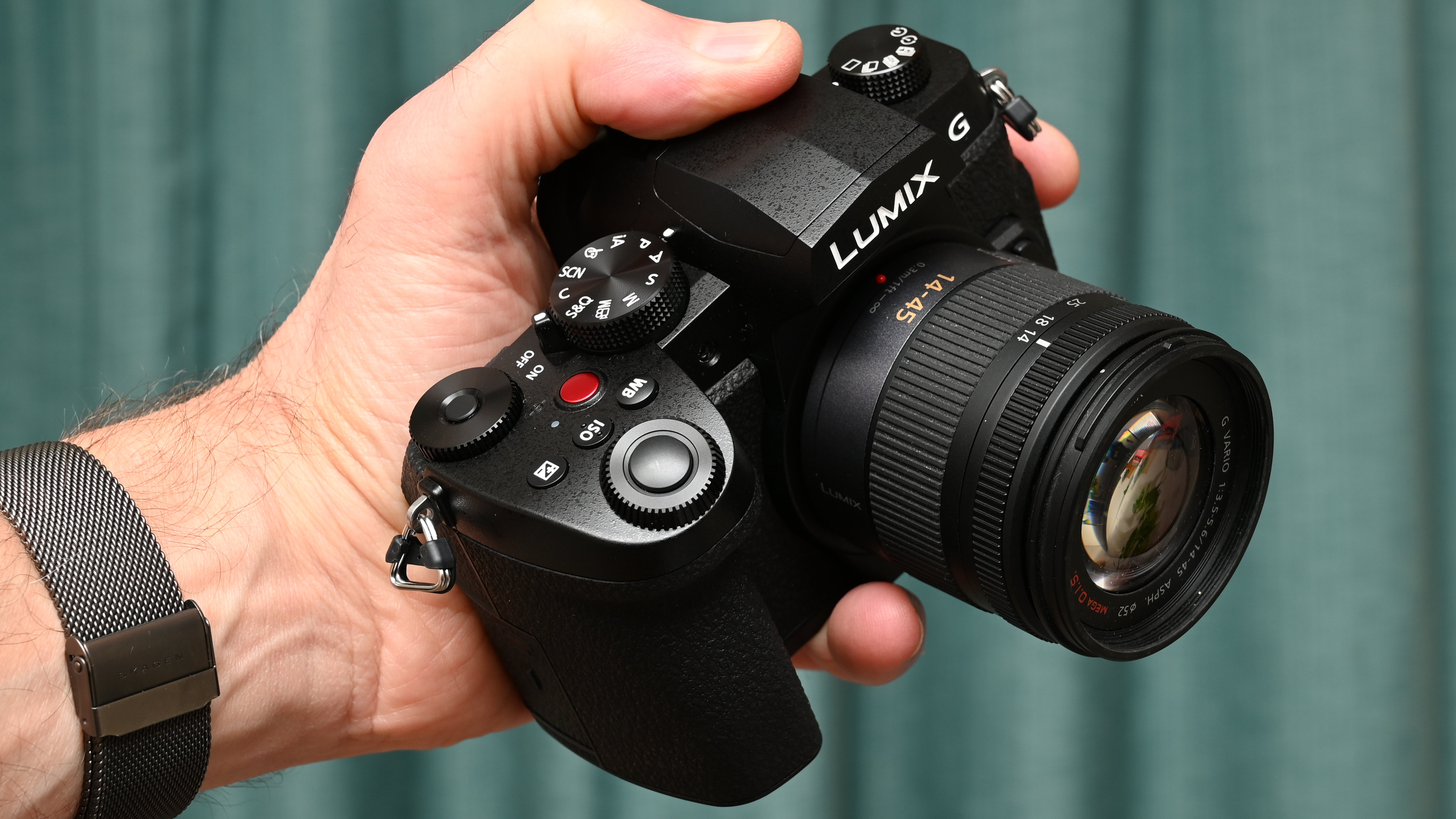
There was nothing wrong with the Panasonic Lumix G90 (G95 in the USA). Launched in 2019, it aimed to be a classy and robust mid-range hybrid camera with smart features and good handling characteristics. That’s just as well, as the G97 which is new for 2025 is so closely based on the older model, that any differences are very few and far between, and pretty hard to spot. As such, the G97 seeks to pick up the baton from its predecessor, aiming to be one of the best hybrid cameras for stills and video, and one of the best Micro Four Thirds cameras on the market, at an affordable price.
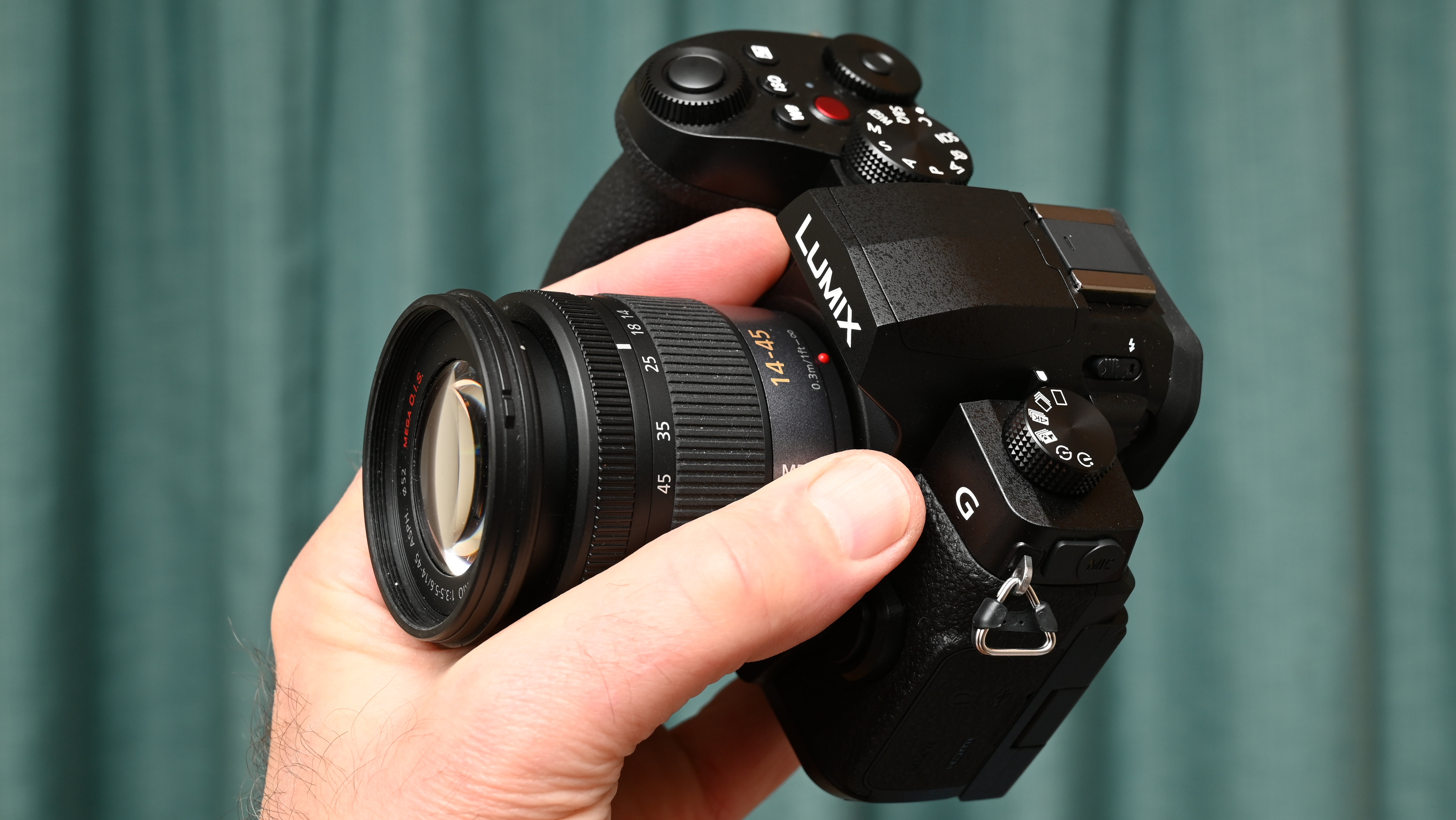
Panasonic Lumix G97: Specifications
Panasonic Lumix G97: Price
At the time of writing this review, the Panasonic Lumix G97 with 12-60mm f/3.5-5.6 kit lens was advertised for pre-order at $848 / £799. To put that into context, the outgoing Panasonic Lumix G95 with the same 12-60mm kit lens had a list price of $999 in the USA, but was widely discounted to $798, while the G90 with the same lens in the UK was reduced to around £860. In the UK, the new G97 body on its own cost £699, and an alternative kit with the Panasonic 14-140mm f/3.5-5.6 II was priced at £899, although these configuration costs had yet to be announced in the USA.
Panasonic Lumix G97: Design & Handling
With image sensors that are physically about half the size of the APS-C format, Micro Four Thirds camera bodies and their companion lenses tend to be relatively compact and lightweight. The G97 is actually pretty chunky for an MFT mirrorless camera, with a similar look and feel to a DSLR. That makes it quite a handful, but in a good way. Handling feels very natural and assured, with a large and comfy handgrip plus plenty of direct access controls for important shooting parameters. As such, the camera feels a very good fit for creative photographers and videographers.
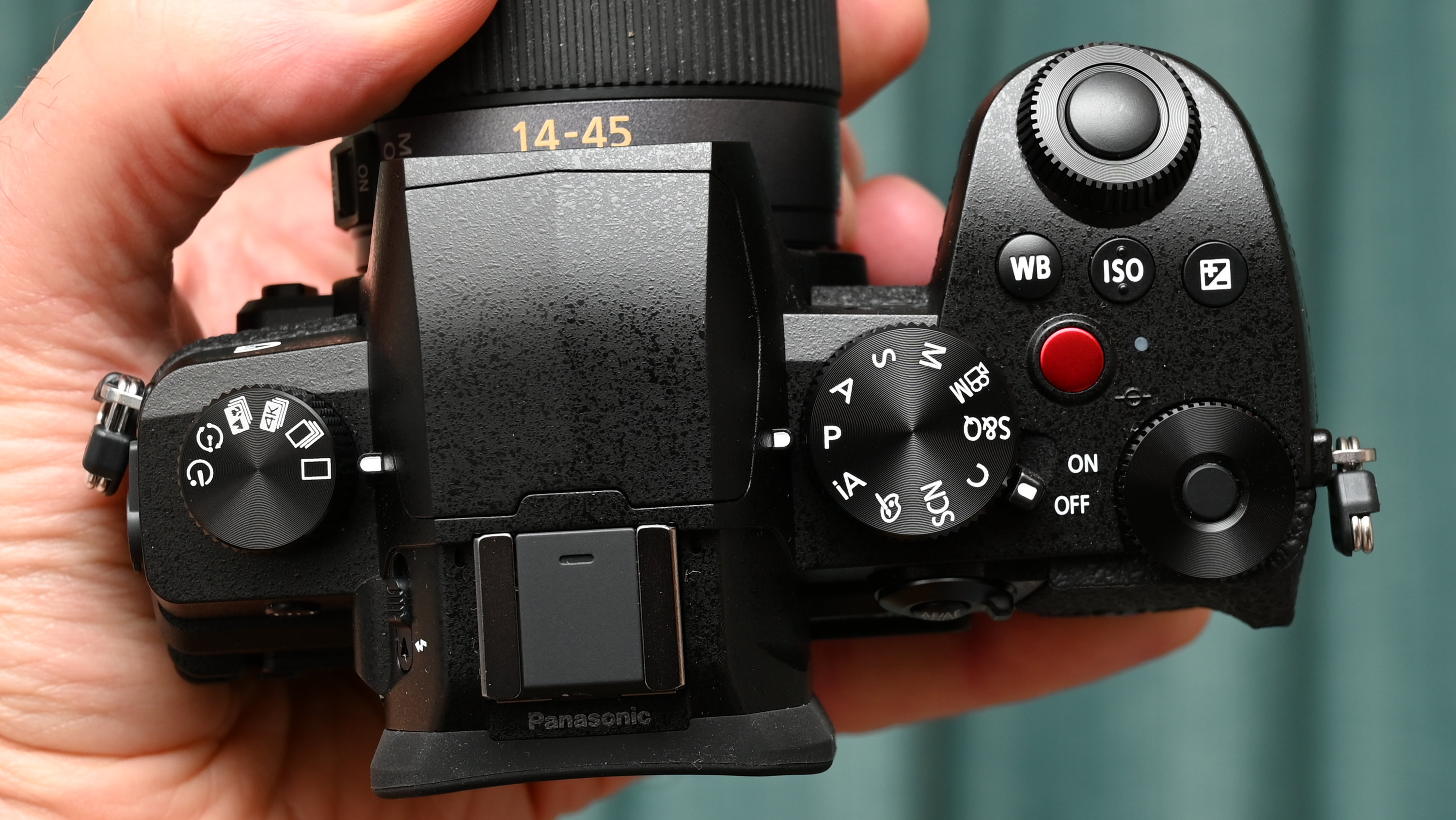
The design feels very solid and well built, and the camera features an extensive set of weather-seals. At its heart is the same 20.3MP Live MOS image sensor and processor as in the previous camera, as well as the same 5-axis, 5-stop Dual I.S. 2 image stabilization system.

Around the back, there’s an electronic viewfinder and vari-angle touchscreen, both based on OLED technology. The viewfinder resolution remains at 2.36 million dots but the 3-inch rear screen is increased from 1.04 million to 1.84 million dots, compared with the previous camera. Up on top of the viewfinder, there’s a pop-up flash module.
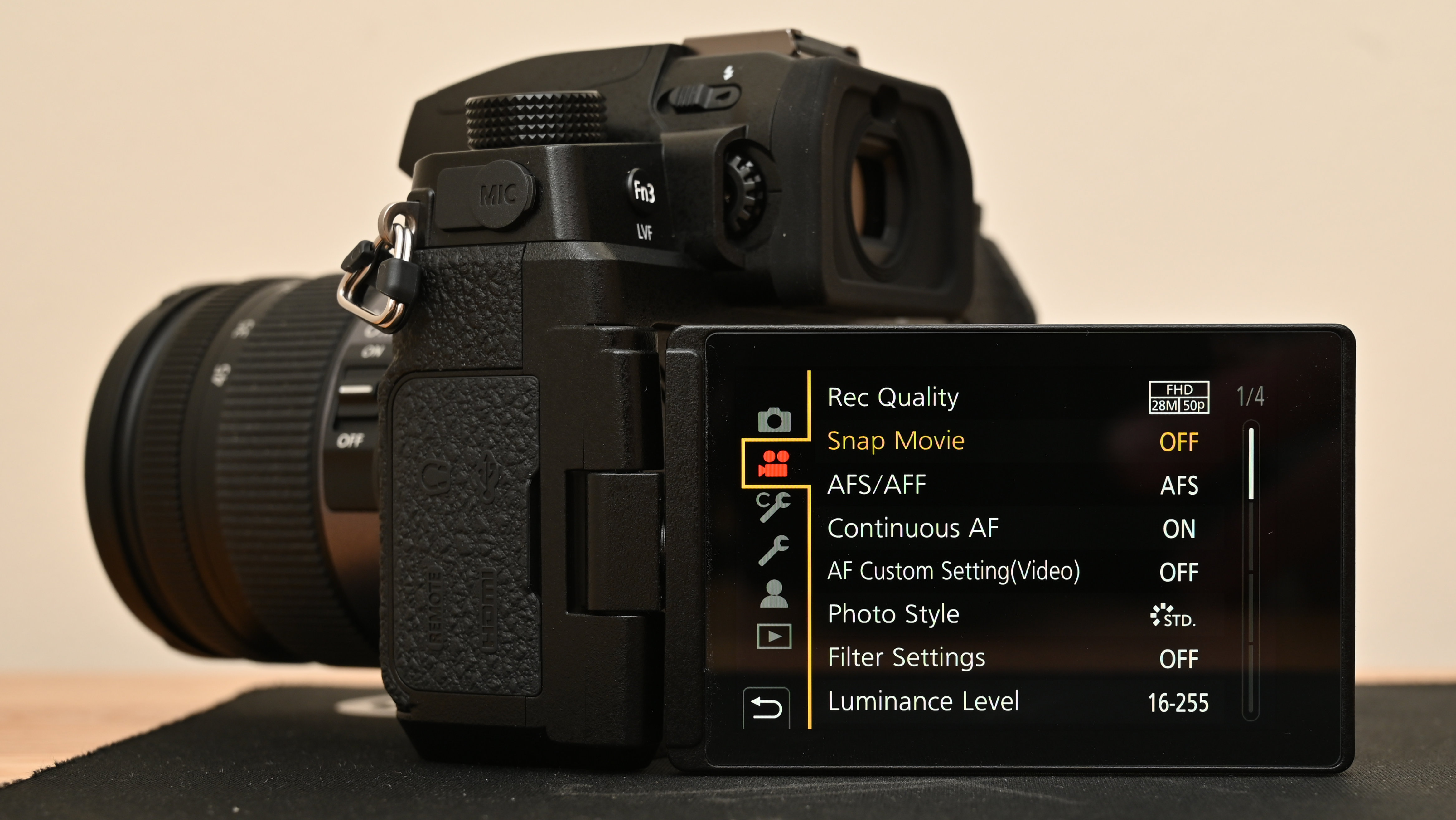
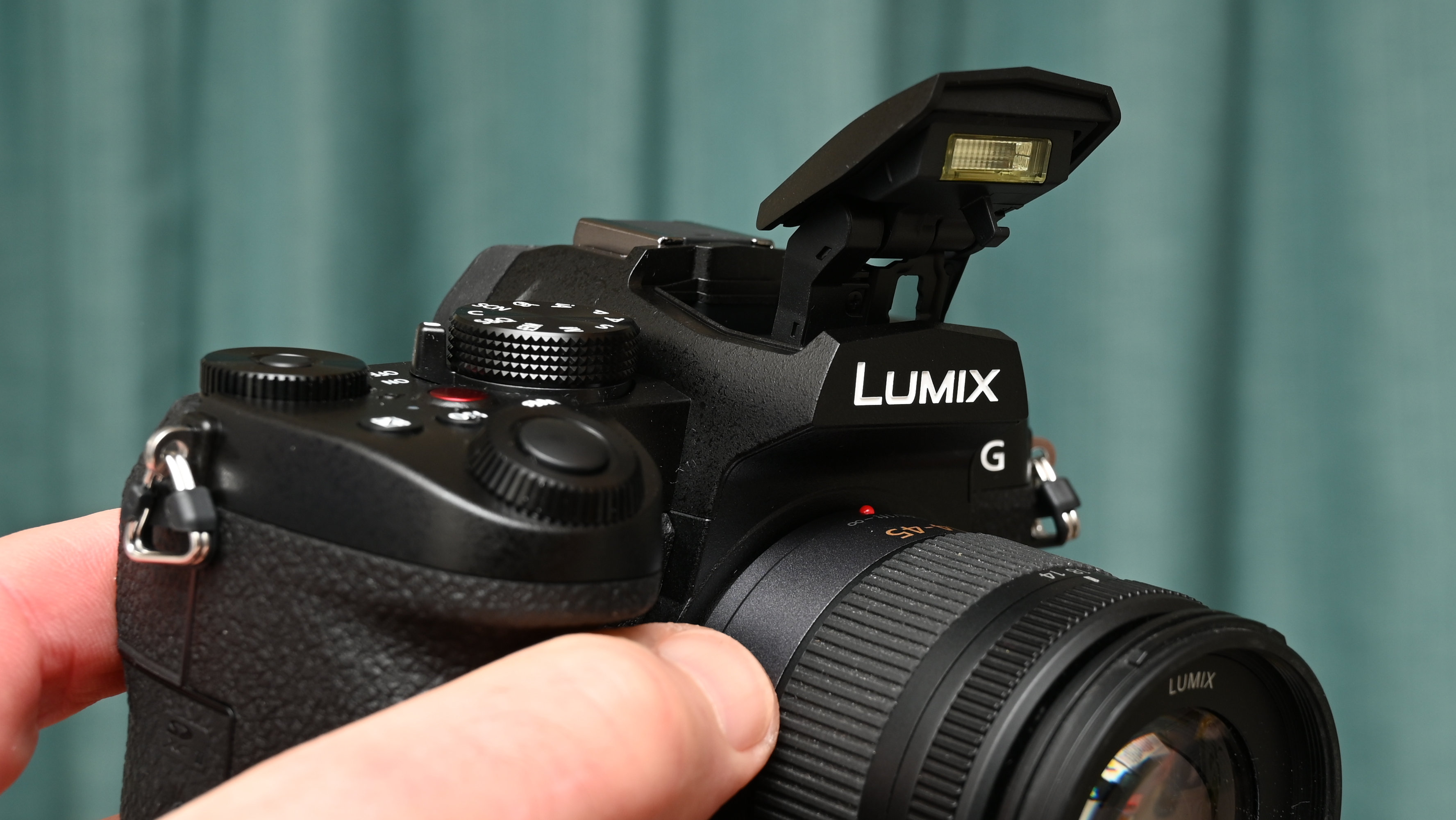
Other time-honored features retained from the G90/G95 include Panasonic’s contrast-detection DFD (Depth From Defocus) autofocus system, which still seems snappy for stills and nice and smooth for video capture. There’s also Panasonic’s typical 4K Photo mode, which enables you to capture 8MP stills at 30fps, complete with the option of a Post Focus mode, so you can select the ideal focus point from a sequence of stills at the playback stage.

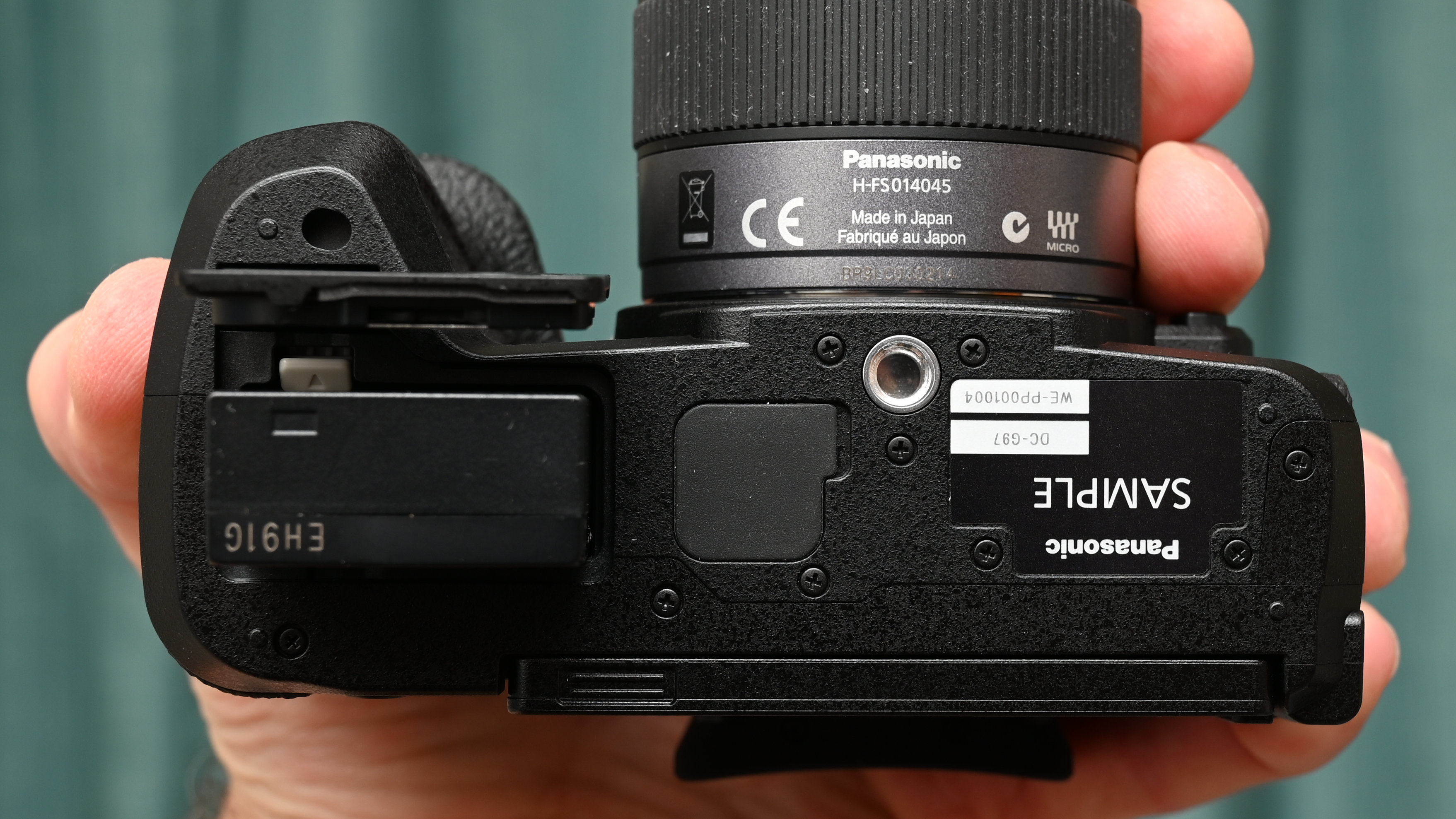
Getting back to what’s new, I’ve already mentioned the higher-resolution rear OLED screen. The USB port is also upgraded to USB-C, enabling high-speed data transfer and charging from the latest chargers, as well as powering the camera while in use from a power bank or AC adapter. Along with 2.4GHz Wi-Fi, the G97 gains the latest-spec Bluetooth 5.0 for speedy connection with mobile phones and other smart devices. Indeed, there’s a new button for sending images directly to your smartphone.
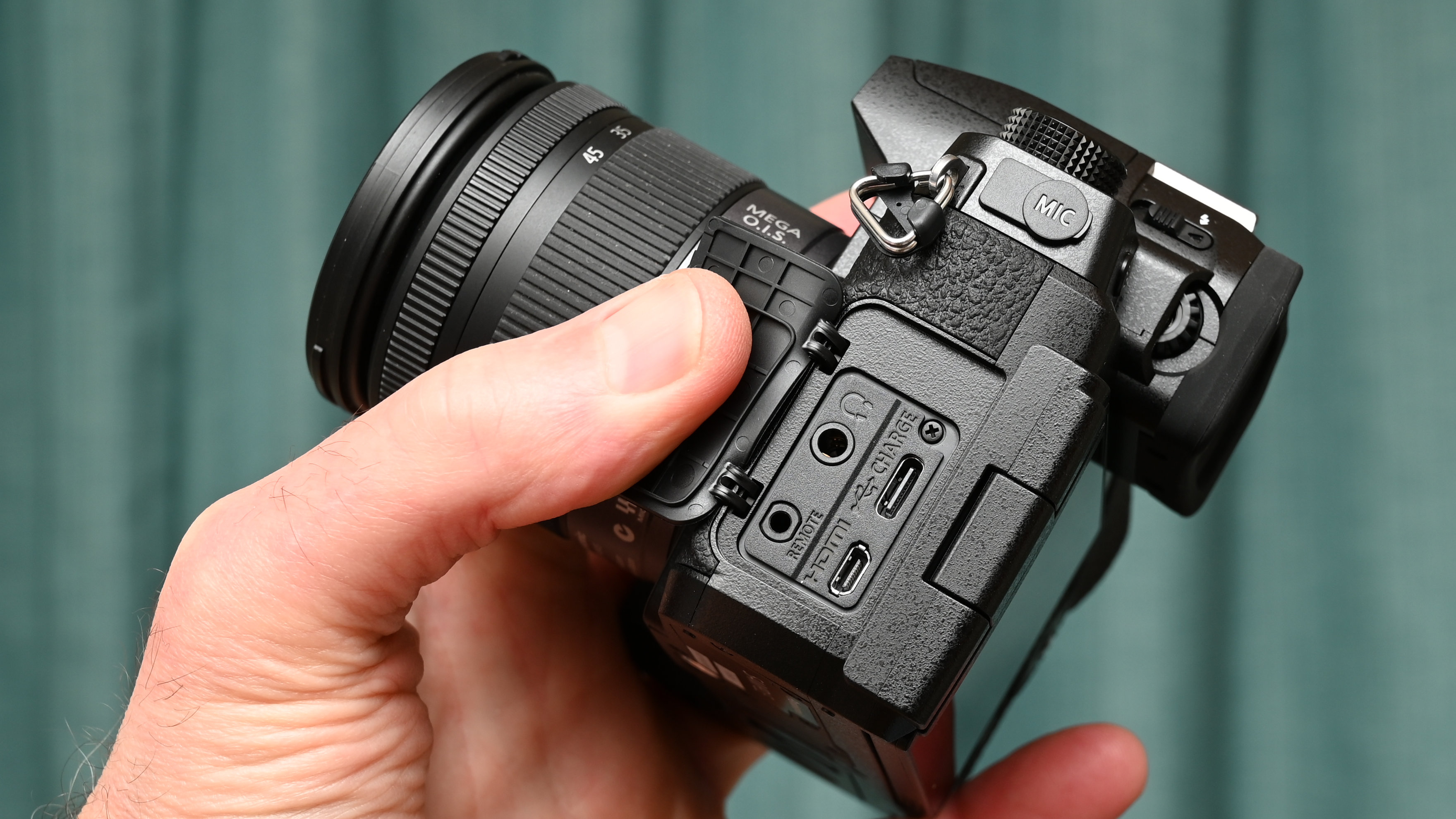
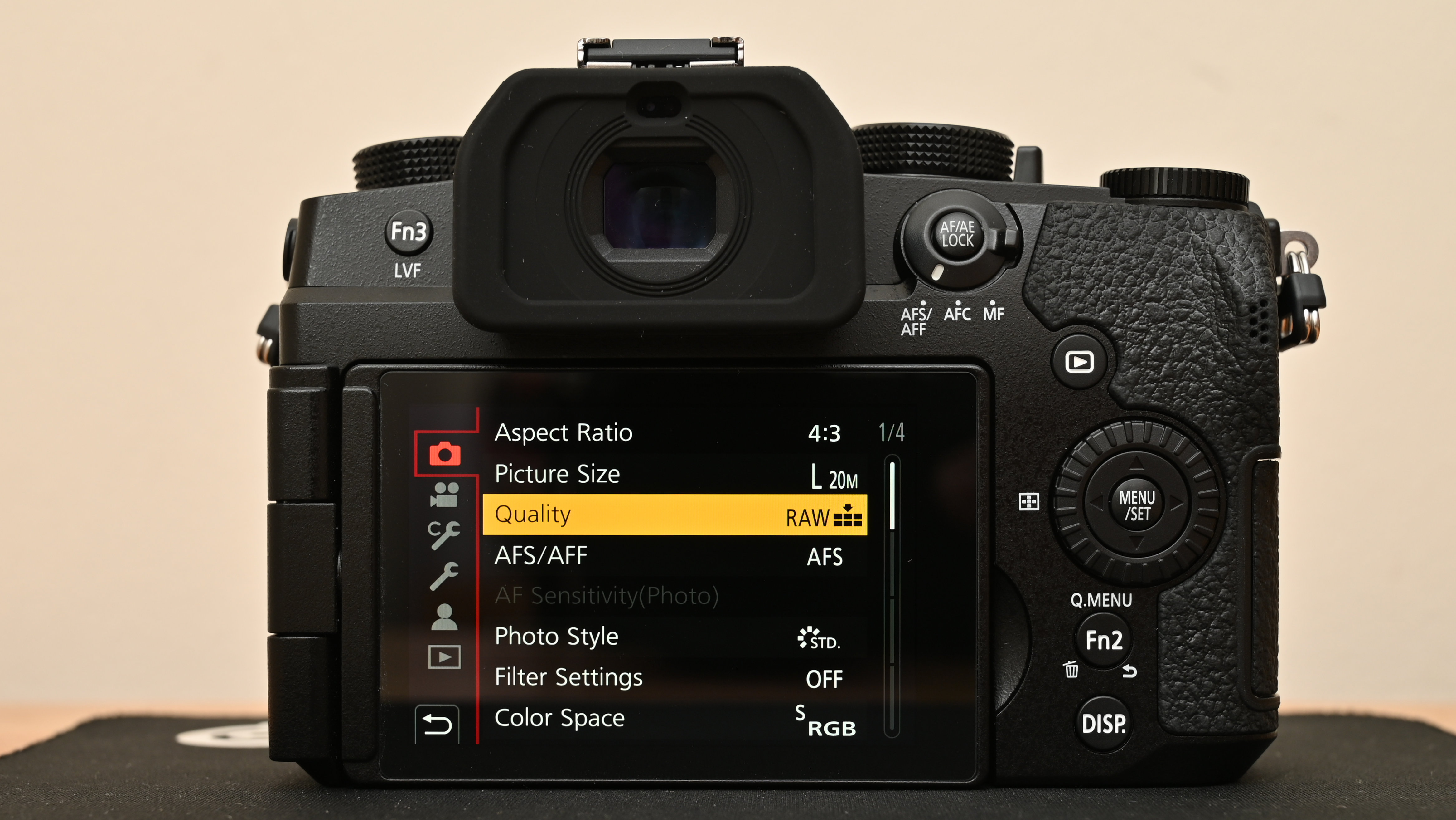
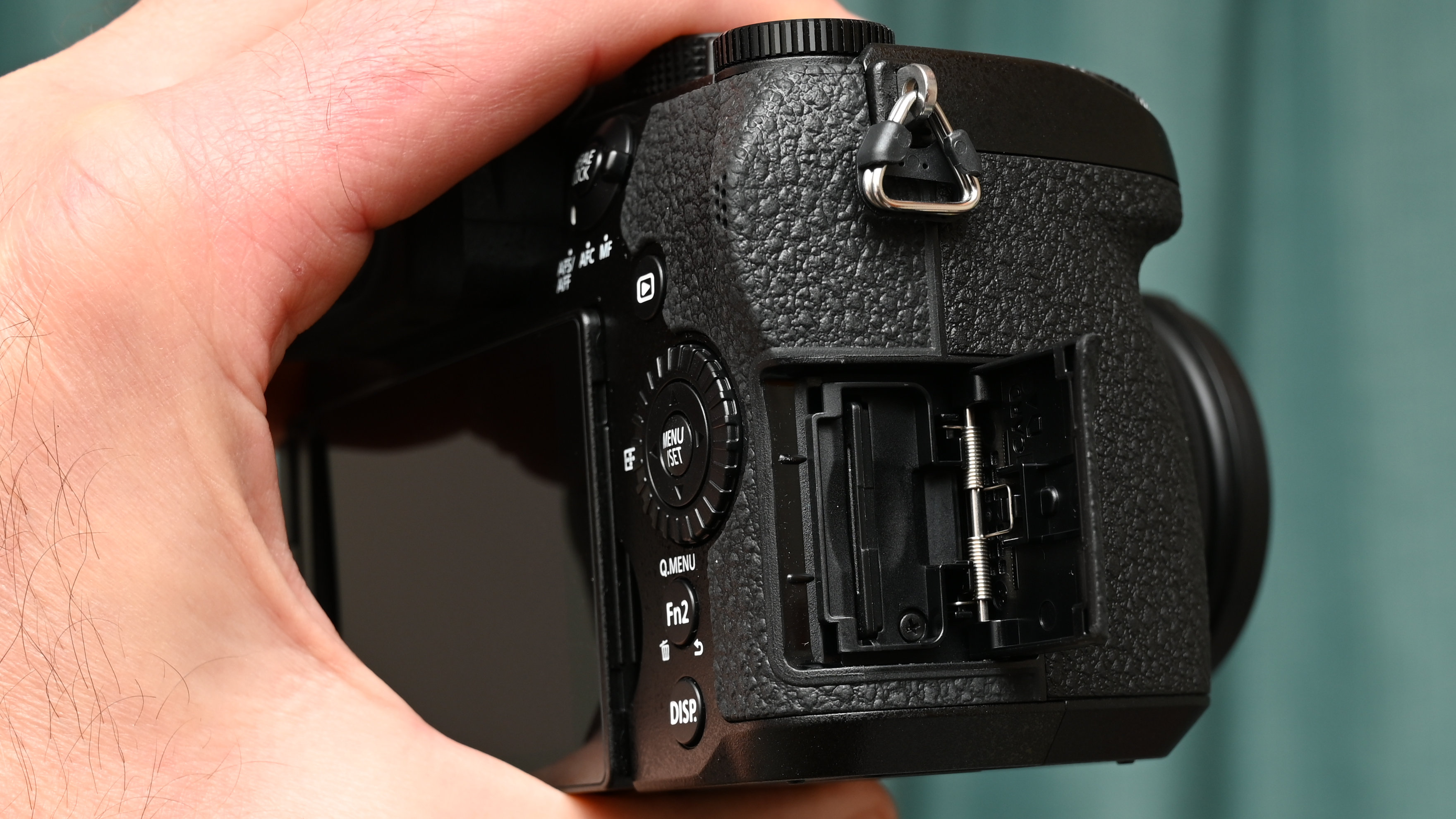
Panasonic Lumix G97: Performance
The physically small image sensor of the Micro Four Thirds system comes with the usual 2.0x crop factor. As such, a tight depth of field and blurry bokeh aren’t strong suits of this type of camera. The flipside is that it’s relatively easy to gain a large depth of field for architectural, landscape and other shooting scenarios where you want to keep foreground and background elements simultaneously sharp. Levels of actual sharpness and fine detail delivered by the 20.3MP image sensor are impressive, bolstered by highly effective stabilization and the excellent range of Micro Four Thirds format lenses on the market, thanks to the system’s maturity.
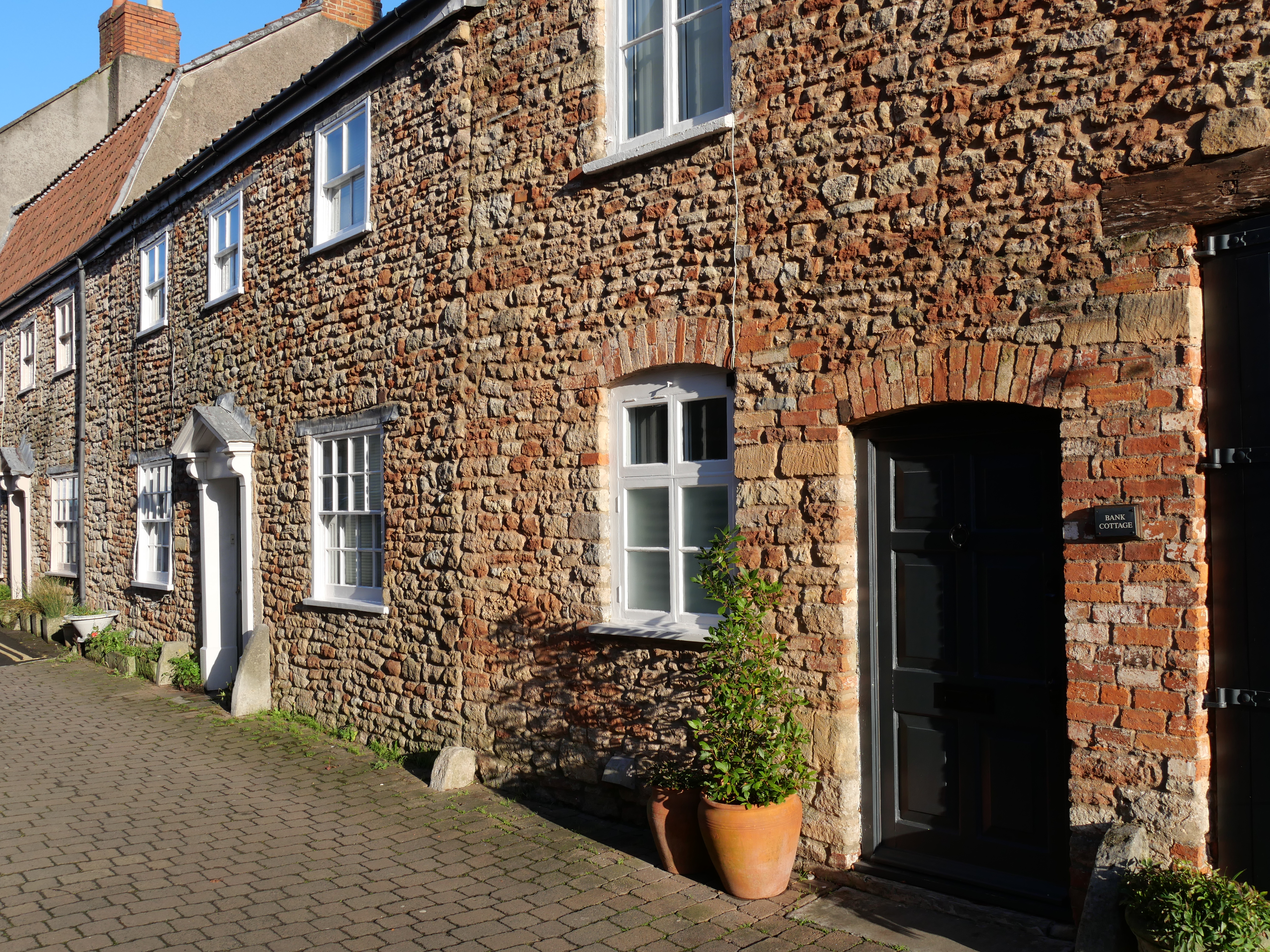
Dynamic range proved good in my real-world tests, with the G97 retaining good detail in very bright highlights and dark shadows alike when shooting high-contrast scenes. Color rendition is also very pleasing and I like that there’s a wide range of options on the menu for different picture styles. As I’d expect from a camera at this price point, RAW quality mode is available so you can select different picture treatments at the editing stage, rather than nailing your colors to the mast while shooting.

In terms of speed, I found the contrast-detection autofocus system was very quick, despite not having the additional phase-detection facility of ‘hybrid’ systems that are now featured in many cameras. The G97 is no slouch in terms of shutter speed with the maximum 1/4,000 of a second in mechanical mode being boosted to 1/16,000 in electronic mode. Continuous shooting is a little pedestrian by comparison, with burst rates of up to 9fps with manual focus or single autofocus and no live view, dropping to 6fps with continuous autofocus or using live view.

Panasonic Lumix G97: Sample Images
This gallery of sample shots was taken in the Somerset city of Wells in the UK. It features both sunny and overcast weather conditions, as well as interior and exterior shots.










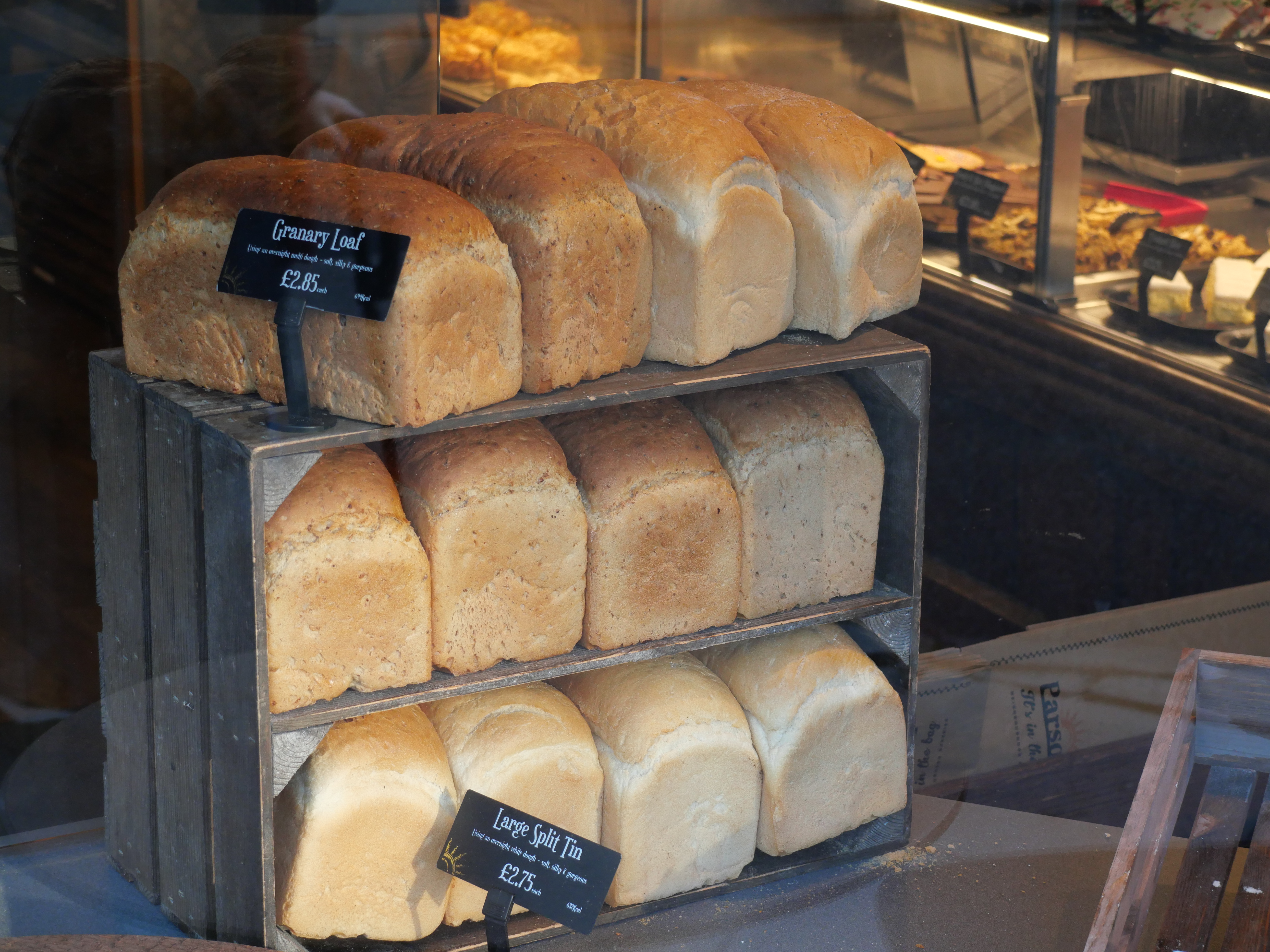










Panasonic Lumix G97: Video
The main upgrade over the G90/G95 in terms of video is that the G97 removes any time limitations. Again, video resolution maxes out at 4K 30p, the frame rate being a little modest by the latest standards, along with 8-bit color depth and 4:2:0 sampling for internal recording on an SD/HC/XC memory card. External recording is also available via a micro-HDMI port with 4:2:2 sampling, and the camera also features external microphone and headphone sockets. V-Log L is available with a 12-stop range, enabling video capture that’s well-suited to subsequent grading in post. Frame rates of up to 60fps are available for Full HD recording, along with slow-motion and fast-motion options.
Panasonic Lumix G97: Verdict
There’s not much new here, compared with the previous G90/G95 camera. Updates boil down to a higher-resolution rear screen, USB-C and Bluetooth 5.0 compatibility, and a removal of time limitations for video capture. Even so, the G97 looks and feels a high-quality camera that’s ideal for hybrid shooting. It’s very well made, extensively weather-sealed and has excellent handling characteristics. If you’re into the Micro Four Thirds system, the G97 gives you a lot of bang for your buck.
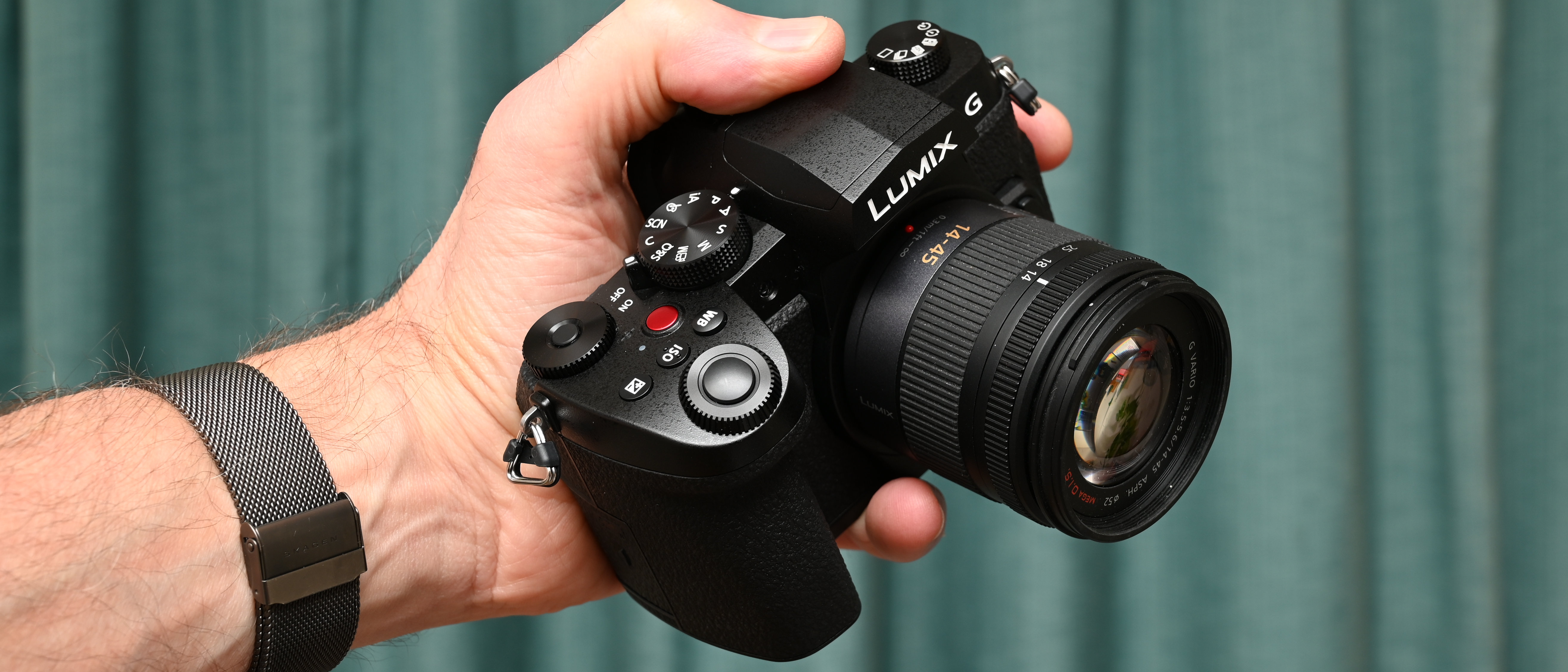
Should you buy the Panasonic Lumix G97?
✅ Buy this...
- You want a camera that works equally well for stills and video capture, with a fairly chunky build that gives good handling characteristics.
- You like that the Micro Four Thirds format enables relatively compact and lightweight lenses, ideal for travel and vlogging.
🚫 Don't buy this...
- You already own a Panasonic Lumix G90/G95. The new G97 doesn’t have enough new features or updates to make it worth trading in your old camera.
- You’d prefer a camera with an APS-C or even a full-frame image sensor, enabling a tighter depth of field for blurring the background.







